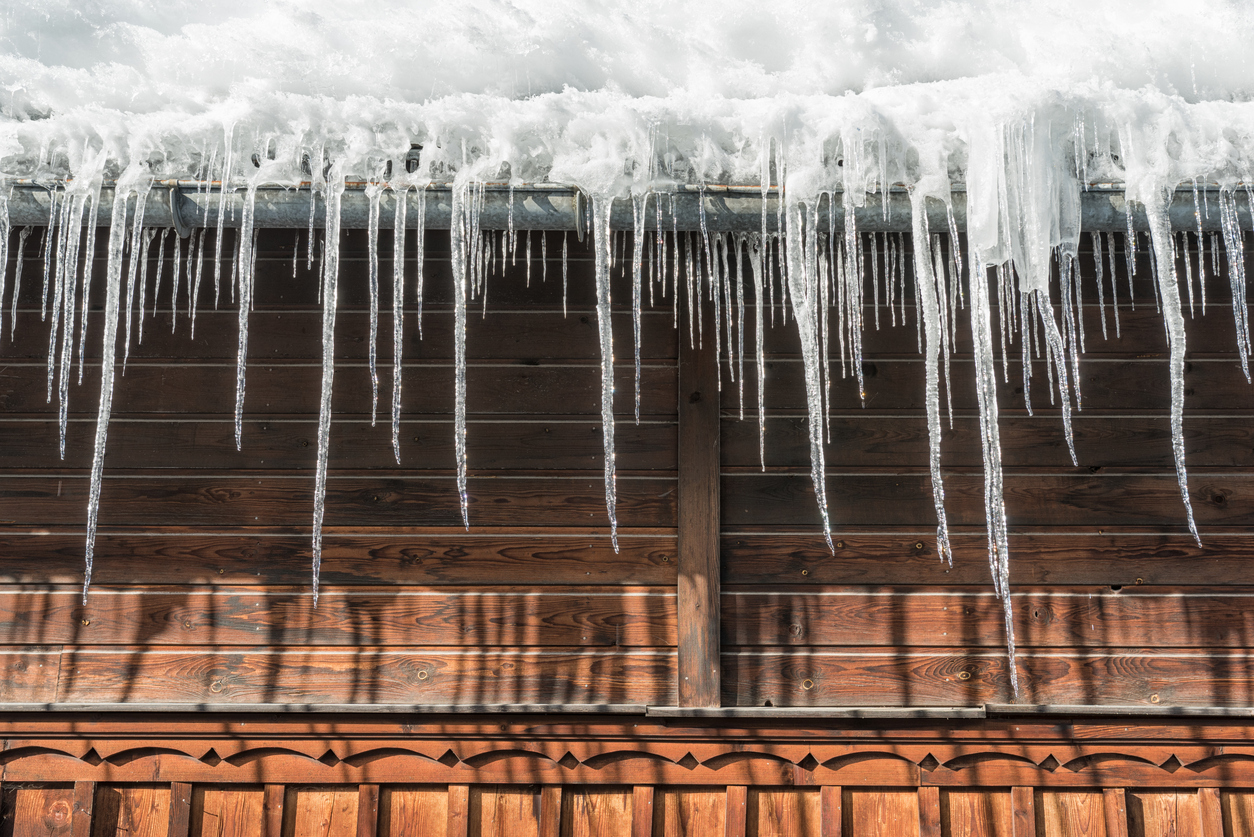
Insulation settles over time and older homes may not have enough insulation to make them comfortable or to keep heating and cooling costs within reason. A common practice in older homes or even homes built over the last couple of decades is to add a new layer of blown insulation. One problem that is not always obvious is that, if one isn’t careful, blown insulation can unknowingly block the soffit vents.
New homes will either have raised heel trusses where the wall structural sheathing can block the insulation or they may have baffles installed in each bay to keep the insulation from blocking the soffit vents. Either of these methods allow air to move freely from the soffit to the exits near the peak of the roof.
Here is a solution for older homes with low pitched roofs that make getting close enough to the eves to install baffles a real challenge. In those low clearance areas start by pulling back the existing insulation (a rake works well) to make a working area. You should see light through the soffit vents but if you don’t, investigate further to find the blockage. Next cut a 34” piece of 6-inch R-19 fiberglass batt insulation and lay it between the ceiling joists. Next cut a 20-inch piece of 3 ½-inch thick R-13 fiberglass batt insulation and lay it over the first piece so that the two edges that are facing you are flush and there is a step on the side nearest the soffit. Next cut another piece of 3 ½-inch R-13 about 8-inch in length and place that as another step on top of the last piece.
Push your “step” insulation back towards the soffit, making sure you leave a 2-inch gap between the insulation and the roof sheathing. Continue to create these “steps” for each bay along the eves. Now you can add your blown insulation without the risk of inadvertently clogging the soffit vents and you have maximized your insulation. Of course if your ceiling joists are deeper or the roof pitch is greater you can adjust the batt depth and length to maximize the R-value you are trying to achieve.
